Accept all cookies Accept only essential cookies See our Cookie Notice

About ESA
The European Space Agency (ESA) is Europe’s gateway to space. Its mission is to shape the development of Europe’s space capability and ensure that investment in space continues to deliver benefits to the citizens of Europe and the world.
Highlights
ESA - United space in Europe
This is ESA ESA facts Member States & Cooperating States Funding Director General Top management For Member State Delegations European vision European Space Policy ESA & EU Space Councils Responsibility & Sustainability Annual Report Calendar of meetings Corporate newsEstablishments & sites
ESA Headquarters ESA ESTEC ESA ESOC ESA ESRIN ESA EAC ESA ESAC Europe's Spaceport ESA ESEC ESA ECSAT Brussels Office Washington OfficeWorking with ESA
Business with ESA ESA Commercialisation Gateway Law at ESA Careers Cyber resilience at ESA IT at ESA Newsroom Partnerships Merchandising Licence Education Open Space Innovation Platform Integrity and Reporting Administrative Tribunal Health and SafetyMore about ESA
History ESA Historical Archives Exhibitions Publications Art & Culture ESA Merchandise Kids Diversity ESA Brand Centre ESA ChampionsLatest
Space in Member States
Find out more about space activities in our 23 Member States, and understand how ESA works together with their national agencies, institutions and organisations.
Science & Exploration
Exploring our Solar System and unlocking the secrets of the Universe
Go to topicAstronauts
Missions
Juice Euclid Webb Solar Orbiter BepiColombo Gaia ExoMars Cheops Exoplanet missions More missionsActivities
International Space Station Orion service module Gateway Concordia Caves & Pangaea BenefitsLatest
Space Safety
Protecting life and infrastructure on Earth and in orbit
Go to topicAsteroids
Asteroids and Planetary Defence Asteroid danger explained Flyeye telescope: asteroid detection Hera mission: asteroid deflection Near-Earth Object Coordination CentreSpace junk
About space debris Space debris by the numbers Space Environment Report In space refuelling, refurbishing and removingSafety from space
Clean Space ecodesign Zero Debris Technologies Space for Earth Supporting Sustainable DevelopmentApplications
Using space to benefit citizens and meet future challenges on Earth
Go to topicObserving the Earth
Observing the Earth Future EO Copernicus Meteorology Space for our climate Satellite missionsCommercialisation
ESA Commercialisation Gateway Open Space Innovation Platform Business Incubation ESA Space SolutionsLatest
Enabling & Support
Making space accessible and developing the technologies for the future
Go to topicBuilding missions
Space Engineering and Technology Test centre Laboratories Concurrent Design Facility Preparing for the future Shaping the Future Discovery and Preparation Advanced Concepts TeamSpace transportation
Space Transportation Ariane Vega Space Rider Future space transportation Boost! Europe's Spaceport Launches from Europe's Spaceport from 2012Latest
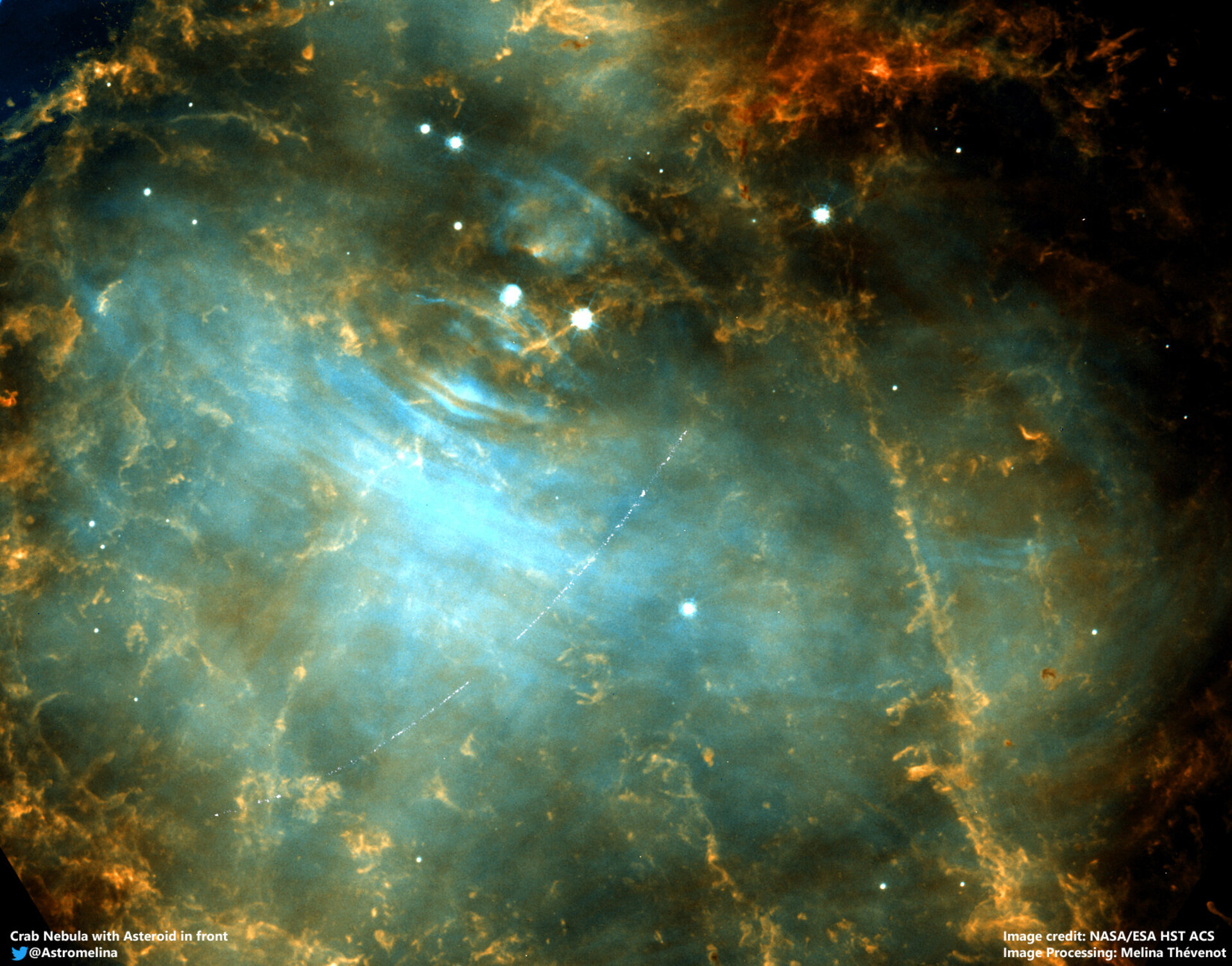
Foreground asteroid passing the Crab Nebula
Thank you for liking
You have already liked this page, you can only like it once!
When astronomers use the NASA/ESA Hubble Space Telescope to study the deep sky, asteroids from our Solar System can leave their marks on the captured pictures of far-away galaxies or nebulae. But rather than be annoyed at the imprinted trails in Hubble images, astronomers realised they could use them to find out more about the asteroids themselves.
To do this, a team of ESA astronomers and software engineers started the Hubble Asteroid Hunter citizen science project in June, enlisting the public to help them find asteroid trails observed by chance in Hubble archival images. Through this project, over 1900 volunteers have made more than 300 000 classifications in nearly 11 000 images in only 1.5 months, completing the project with swiftness and enthusiasm that exceeded the team’s expectations.
Astronomy-enthusiast Melina Thévenot from Germany was one of the project’s keen volunteers. While analysing Hubble data, she found an asteroid trail on the foreground of a 2005 image of the Crab Nebula, one of the night sky's most famous objects.
Inspired by this impressive combination, Melina decided to process the original Hubble image combining views taken in blue, green and red filters, to create the stunning colour scene portrayed here. The faint trail of 2001 SE101, a main-belt asteroid discovered by the ground-based LINEAR survey in 2001, appears as a curved streak that crosses the image from bottom left to top right, near the nebula’s centre.
The Crab Nebula, also known as Messier 1 or M1, was the first object recorded by French astronomer Charles Messier in his famous catalogue of deep-sky objects. It is the expanding remnant of a bright supernova explosion observed by astronomers in 1054. Aside from the swirling cloud of gas and dust, the explosion left behind a rapidly rotating neutron star at the centre of the nebula, also visible in this image as the leftmost star in the bright pair at the centre of the picture.
While the chance alignment of a relatively nearby object – the asteroid – with the distant nebula is fascinating, it is not completely unexpected. In fact, the Crab Nebula, which has been observed by Hubble on nearly 300 occasions, fortuitously lies close to the ecliptic – the orbital plane where most asteroids reside in the Solar System – so it was only a matter of time before one of them ‘photobombed’ an observation of this iconic supernova remnant.
Now that volunteers have perused the platform to spot and mark asteroid trails, it is astronomers’ turn to get to work. Knowing the date and time when the Hubble images were taken, they can use the trails marked in the pictures to infer asteroids’ positions and velocities. This means they can determine the orbits and future trajectories of known and previously unknown asteroids with greater precision than before.
This knowledge is especially important for near-Earth objects: precisely determining the orbits of these asteroids can help protect our planet from possible impacts.
Meanwhile, the ESA team is planning to add new data to the Hubble Asteroid Hunter project soon, so users will have another chance to inspect Hubble images in search of passing asteroids. Stay tuned!
This stunning scene and the Hubble Asteroid Hunter project were made possible thanks to Zooniverse, the world’s largest citizen-science platform. The project was initiated by ESA research fellow Sandor Kruk, graduate student Max Mahlke, software engineers Elena Racero and Fabrizio Giordano from the ESAC Science Data Centre (ESDC) near Madrid, Spain, and Bruno Merín, head of the ESDC.
Note: This caption was updated on 17 October 2019.
-
CREDIT
ESA/Hubble & NASA, M. Thévenot (@AstroMelina); CC BY 4.0 -
LICENCE
CC BY 4.0 INT or ESA Standard Licence
(content can be used under either licence)
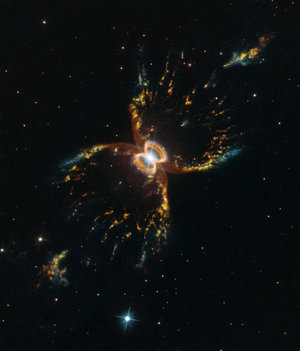
Southern Crab Nebula
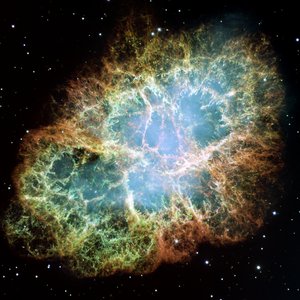
Giant mosaic of the Crab Nebula made of Hubble images
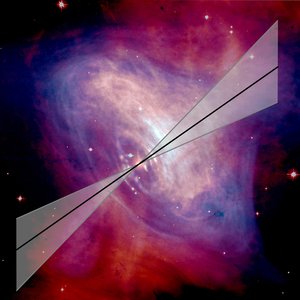
High-energy polarised emission from Crab Nebula
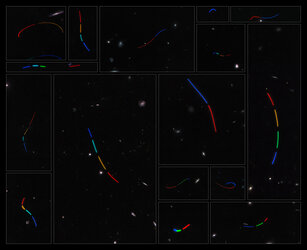
Global citizen science project finds over 1700 aster…
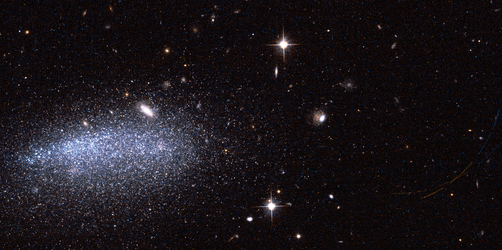














 Germany
Germany
 Austria
Austria
 Belgium
Belgium
 Denmark
Denmark
 Spain
Spain
 Estonia
Estonia
 Finland
Finland
 France
France
 Greece
Greece
 Hungary
Hungary
 Ireland
Ireland
 Italy
Italy
 Luxembourg
Luxembourg
 Norway
Norway
 The Netherlands
The Netherlands
 Poland
Poland
 Portugal
Portugal
 Czechia
Czechia
 Romania
Romania
 United Kingdom
United Kingdom
 Slovenia
Slovenia
 Sweden
Sweden
 Switzerland
Switzerland

























